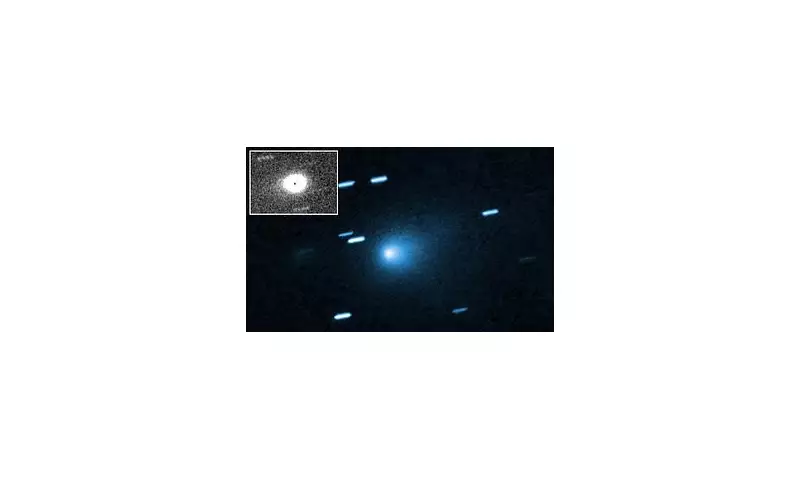
A celestial mystery is unfolding in our skies as the interstellar visitor known as 3I-ATLAS makes its closest approach to the Sun today, presenting astronomers with a rare opportunity to study an object born around another star.
What Makes This Space Visitor So Extraordinary?
Unlike regular comets and asteroids that originate within our solar system, 3I-ATLAS comes from the vast expanse between stars. This marks only the third confirmed interstellar object ever detected passing through our cosmic neighbourhood, following the famous Oumuamua in 2017 and comet Borisov in 2019.
Scientists are particularly excited because this close solar approach could reveal crucial information about the object's composition and behaviour under intense heat, potentially unlocking secrets about how planetary systems form around other stars.
Global Astronomical Scramble
Observatories worldwide have trained their instruments on 3I-ATLAS, with the ATLAS survey in Hawaii playing a key role in its discovery and tracking. The object's trajectory suggests it's moving too fast to be captured by the Sun's gravity, meaning it will eventually continue its journey back into interstellar space.
Astronomers are working against time to gather as much data as possible during this brief window of close proximity. Key questions they hope to answer include:
- Is 3I-ATLAS primarily composed of rock, ice, or something more exotic?
- How does its chemical makeup compare to objects in our solar system?
- What can it tell us about the formation of other planetary systems?
- Will it display comet-like activity as it heats up near the Sun?
Why Interstellar Visitors Matter
These rare visitors serve as cosmic messengers, carrying information about the building blocks of planets in other star systems. Each interstellar object provides a unique sample of material from another part of our galaxy, offering insights we cannot obtain by studying local objects alone.
The detection of 3I-ATLAS also demonstrates how much our ability to spot these fast-moving visitors has improved in recent years, suggesting we may discover many more in the coming decade as telescope technology continues to advance.
As 3I-ATLAS continues its journey through our solar system and beyond, it reminds us that we live in a dynamic, interconnected galaxy where material regularly travels between star systems, potentially even carrying the ingredients for life across vast cosmic distances.
